We are in Bogotá and flying home tonight, so this post is only a few weeks out of date! I will try to catch up soon but we have been too busy enjoying our time in wonderful Colombia. For more up to date news please see Hugh’s blog. The link is above. In the meantime……
Thursday 29th September to Friday 14th October
Santa Marta, on the Caribbean coast of Colombia, is Latin America’s oldest town full of lovely old streets and houses and, although very tatty and rundown in parts, there is a feeling of vibrancy and optimism. Colombia is on the up! We went out to explore the town at night. It felt exciting and energised with people of all ages wandering around the streets and lounging in the squares. The restaurants in the old city were busy with all the tables on the street full, with musicians, break dancers and buskers entertaining the diners. Luis, our neighbour in the marina, a Spaniard from Galicia who has been living on a boat here for over two years, told us that 10 years ago it was too dangerous to walk around this area at night. The seafront is busy with vendors selling street food and tourist tat and, once hurricane Matthew had passed and the sun came out again, people swimming and sunbathing on the beaches. It is a tourist town with lots of Colombian as well as foreign visitors coming to enjoy the Caribbean beaches along the coast and the Tayrona National Park nearby.
The marina is new and modern and is right in the middle of the city which is great for trips into town but the music from bars and clubs along the seafront continues to 2 or 3am or even later. At 6am the first exercise class starts on the balcony above the gym opposite with an enthusiastic instructor shouting out to the body combat or whatever class is going on, again with loud music. This continues until 8am by which time it is too hot to exercise outside. It is not the most peaceful spot but it is the sound of people enjoying life.
Three days after we arrived the referendum took place on a proposed peace deal with the FARC guerrillas who have been waging a war with the government forces for the last 52 years. Unexpectedly the Colombians rejected the peace deal, the No vote leading by 50.2% to 49.8%. There are people who feel that the FARC guerrillas have got off too lightly after so many years of murder, kidnapping, torture and forcing young people to fight for them. The Colombian president Juan Manuel Santos has been awarded the Nobel peace prize for his efforts to negotiate peace in his country, striking a deal with the FARC leader Timochenko. A Yes result had been widely anticipated and we saw parallels with the Brexit vote, a failure to fully appreciate the dissatisfaction felt by a large percentage of the people with the government as well as a degree of complacency. Colombia has gone from being a place that 20 years ago was considered highly dangerous for tourists to one that it is now becoming a popular tourist destination.
We took a taxi to the outskirts of Santa Marta to visit La Quinta de San Pedro Alejandrino which is famous for being the place where Simón Bolívar, ‘The Liberator’ of Colombia, Venezuela, Peru, Panama, Ecuador and Bolivia from Spanish rule, died in 1830 from pulmonary TB. The 17th century hacienda is now a botanical gardens and shrine to him where you can view El Libertador’s death bed as well as the Italian marble bath where he bathed, the carriage he rode in and numerous framed pictures of him. There is a massive marble monument with his statue, the edifice rather bizarrely topped by a forest of ceiling fans by the artist Chacín. In the gardens there are birds of all colours and huge iguanas on the lawns.
In the centre of Santa Marta is the Cathedral where Simon Bolivar’s remains were initially buried before being returned 12 years later to his birthplace in Caracas, Venezuela, although it is said that his heart is still hidden within the cathedral walls. In every town and city in Colombia you will find a Simon Bolivar square or statue, he is so revered in this part of South America.
The gold museum on Parque Simon Bolivar is also one of the places to visit in Santa Marta. It contains exhibits on the Tayrona and other peoples who lived in this area of Northern Colombia well before the Spanish Conquests and who were farmers and artisans who created the most astonishingly beautiful and ornate gold jewellery and figures as well as quite lovely pottery.
After a few days of thinking how wonderful it is to have access to wifi and showers, water and electricity, having washed our bagfuls of dirty clothes, towels and bedding in the laundrette, with supermarkets nearby and able to get off the boat easily, we started to feel a bit restless and low and longed to be back out at anchor. We call this phenomenon ‘marina fever’. At one point it all got too much and despite having taken down all the sails with them packed away in their bags ready for leaving Vega we motored along the coast to drop anchor in one of the Five Bays north of Santa Marta, anticipating a peaceful, idyllic anchorage. It was a Sunday and as we entered Quinta Bay there was loud music from a group of day boat trippers (I seem to recall Boney M playing at one point) but thankfully they left before dusk and we watched the sunset, cooked supper and spent a quiet night in this beautiful bay. In the morning we visited the cluster of houses at the entrance to the bay and spoke to the family who lived there, the children who usually attended school in Santa Marta were on holiday and playing in the sea using old planks as makeshift surfboards. We spent the next night in an adjacent bay, Bahia Gayraca, where, as well as a few holiday homes, some fishermen live, one old chap still going out in his dugout canoe. We got talking on the beach to a Colombian family from Bogota who were on holiday in the area and going the next day to see the Colombia v Uruguay match in nearby Baranquilla. They are all football crazy in Colombia.
At night there are often electric storms in the surrounding hills. One night they moved closer and it rained heavily. A boat with a tall aluminium mast is not the best place to be in an electric storm and I’ve read of lightning blowing holes in the hulls of boats. That night a particularly massive and terrifying crash came right overhead and I cowered in the front cabin convinced we were going to be hit (I had decided that if a lightning strike hits the mast then the electric current will run down the mast and out through the propeller at the back of the boat, so the bow of the boat would be the safest place to be). But it was not lightning that almost electrocuted our neighbour Luis. As he helped us to dock after we returned from our short trip along the coast he told us that he’d had a shock touching our guardrail, and then as he climbed back onto his boat he appeared to slip and was hanging off the side off his boat, clutching the handrail with his feet hanging over the edge of the jetty. We ran to help him and as Hugh tried to lower him from the rail I lifted his feet to stop him slipping into the water and received a brief electric shock. He recovered quickly albeit with burns on his feet and it appeared that damage to electrical wiring on the jetty during the hurricane had caused the metal strip along the edge of the jetty to become live. He was being electrocuted, unable to let go of his boat and had gone completely rigid until, by lifting his feet off the jetty, I broke the circuit. He had thought he was going to die. He spoke to the electricians working at repairing the wiring on the jetty who turned off the supply but they omitted to mention the event to the marina management. So much for Health and Safety, Colombian style.
Tayrona National Park with forest, wildlife and beautiful Caribbean beaches, is only a thirty minute bus ride from Santa Marta. We had packed our rucksacks the night before in case we decided to stay a night or two in the park (basically bathers and a spare pair of knickers), made sandwiches and brought plenty of water. To get there we got a taxi from the marina out to the main bus station on the outskirts of town and then a bus through the countryside to the National Park. The main entrance to the park was busy with people and stalls selling food and souvenirs. We had to sit through a video and presentation about the park, in Spanish, before we were allowed to enter. Having paid our entrance fee we caught a minibus along the road to the beginning of the track through the woods towards the beaches. Instead of walking some people hire one of the bored looking little horses tethered in the glades along the way. There were crowds of people who seem to be mostly Colombian families and foreign backpackers. We got chatting to Leonard, a boat builder from San Diego, on the walk through the trees, who is travelling around Colombia on an extended vacation. Some of the Tayrona Indians still live in the park and sell coconuts and freshly squeezed orange juice to the tourists. There was a grandfather and younger generations, short with long dark hair in white tunics, who seemed very cheerful, joking amongst themselves. One of them pointed out to us one of the capuchin monkeys that live in the park, leaping and screaming high up in the treetops. It was about two hours walk through the forest to Arrecife, the first beach, fenced off as turtles lay their eggs here and where it is dangerous to swim due to the undertow, signs warning that over 100 visitors have drowned here. Further along the coast, along a shady path through the coconut palms, is La Piscina, with two pretty beaches framed by huge granite boulders where it is safe to swim as the bays are protected by the surrounding reefs. Further on picturesque El Cabo San Juan beach is divided by a rocky promontory with a hut on the top where you can sleep in a hammock. There is a large encampment of tents and hammocks near to the beach with lots of backpackers staying and it all seemed very busy. We could have stayed the night ourselves but, having had lunch and a swim, decided to head back to Santa Marta and a more comfortable night on Vega. We retraced our route through the woods and caught the bus back.
We spent just over two weeks in the marina at Santa Marta which also allowed us to plan our trip around Colombia and to book flights and hotels, before heading off by bus to Carthagena, four hours away west along the coast.
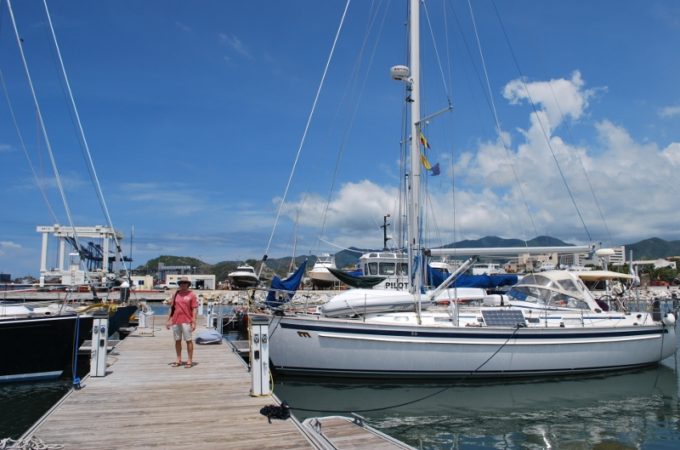
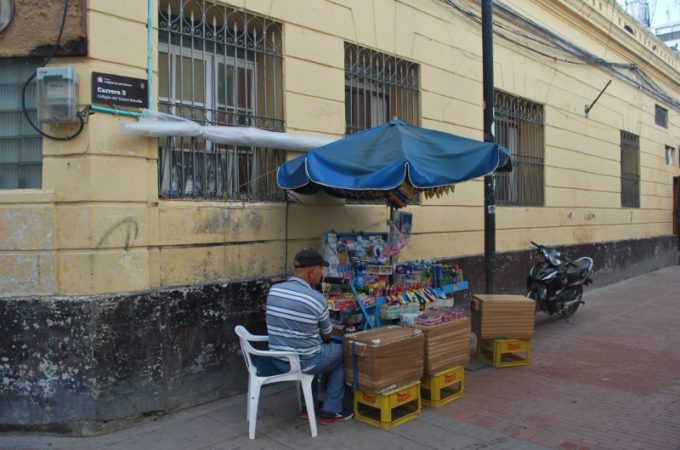
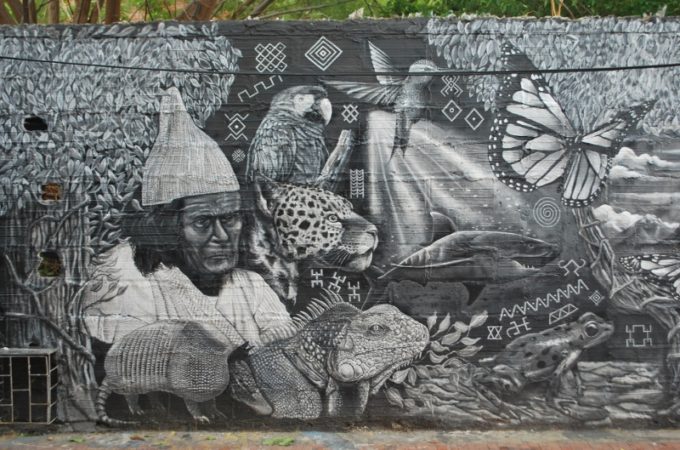
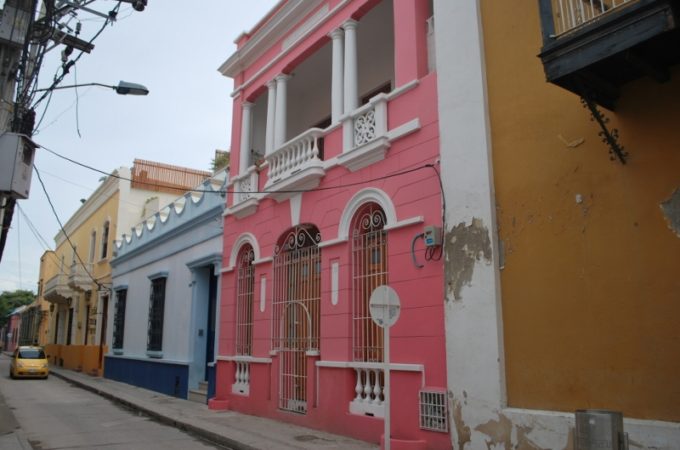
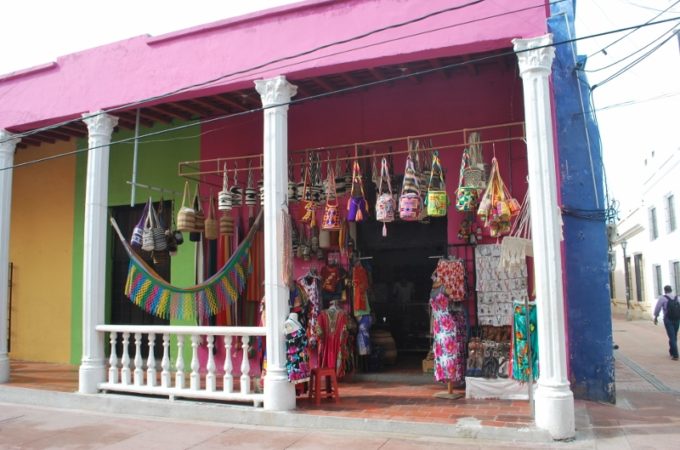
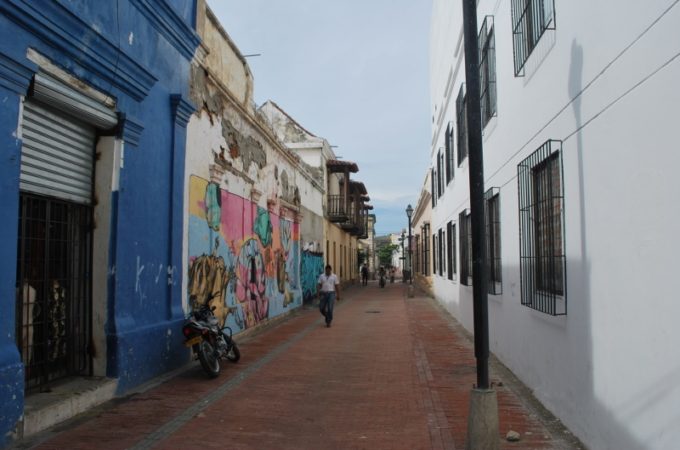
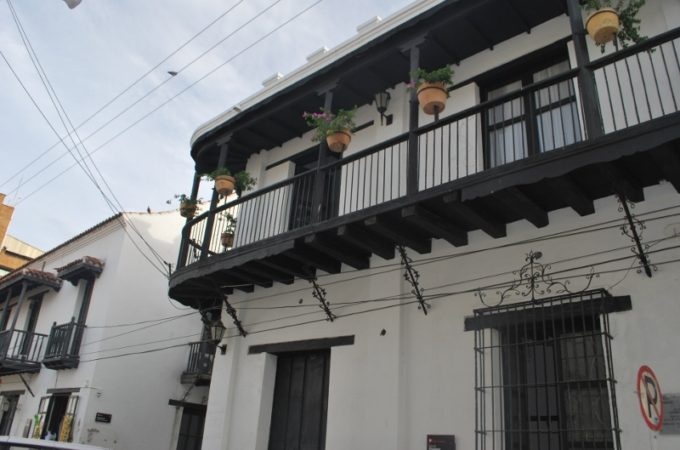
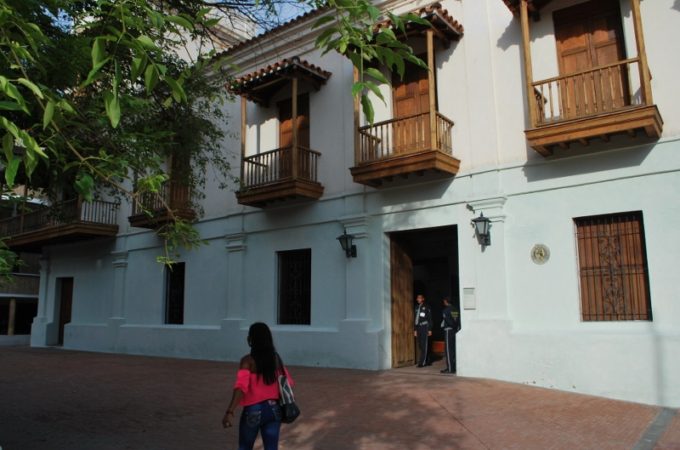
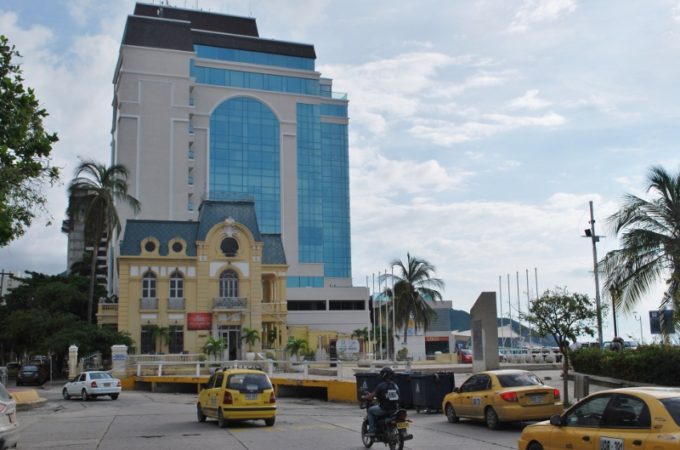
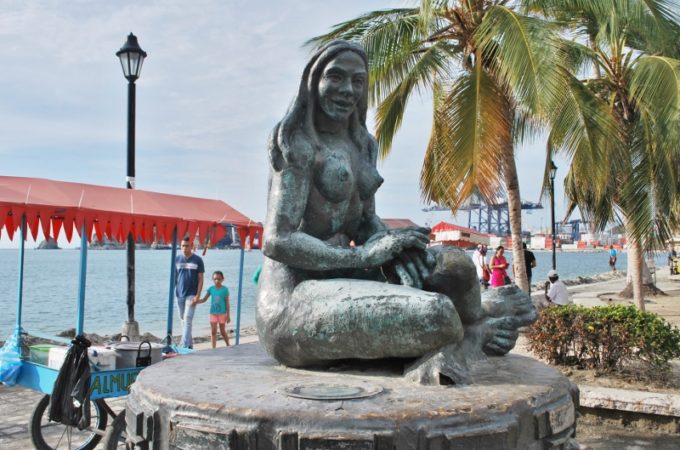
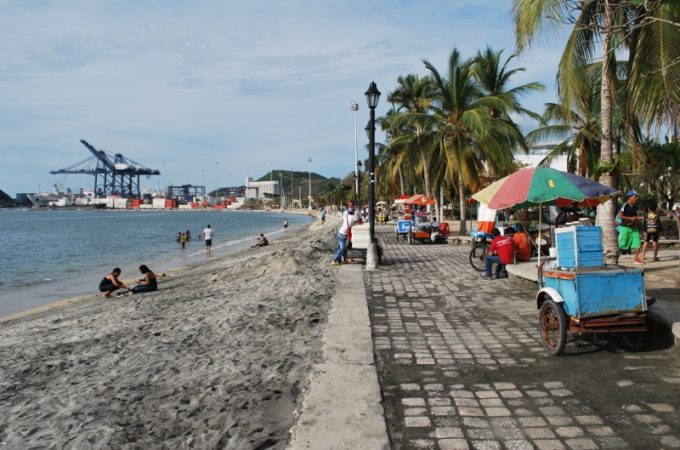
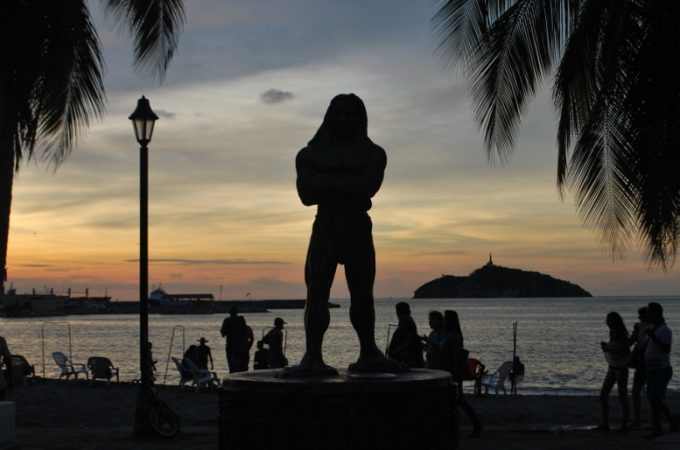
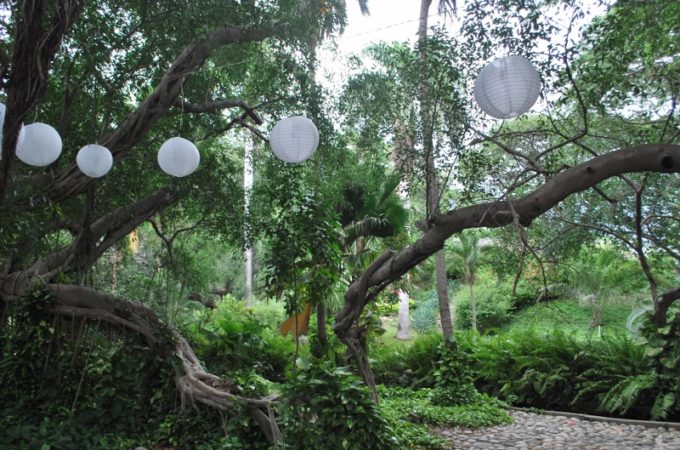
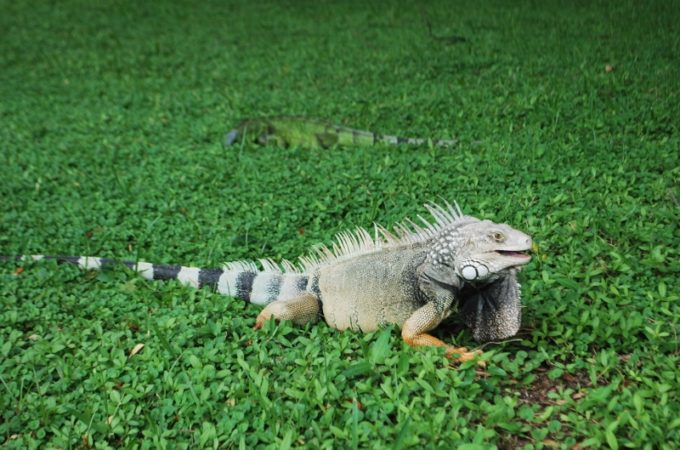
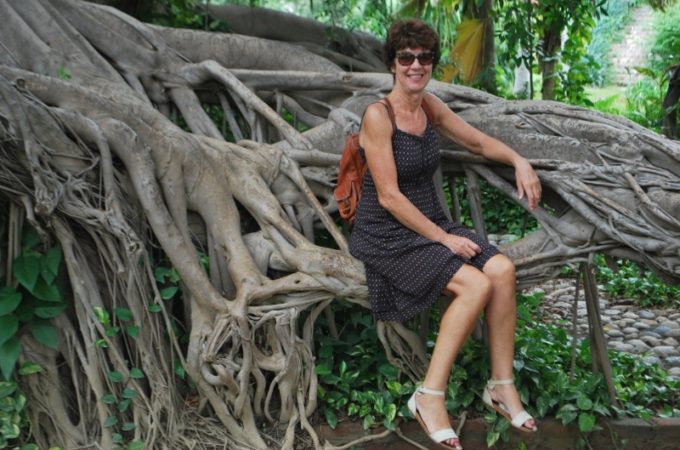
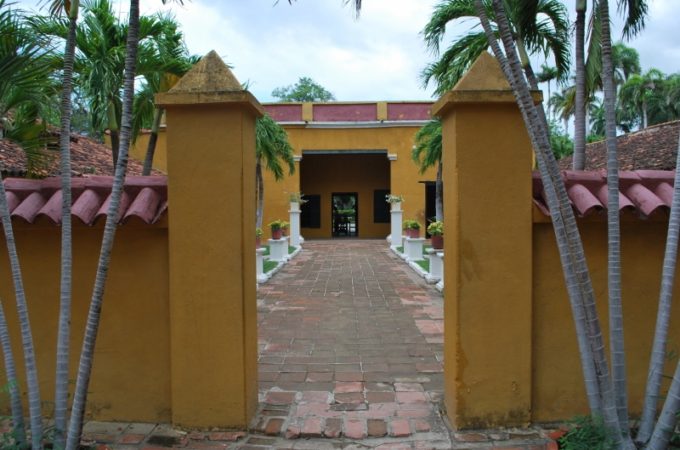
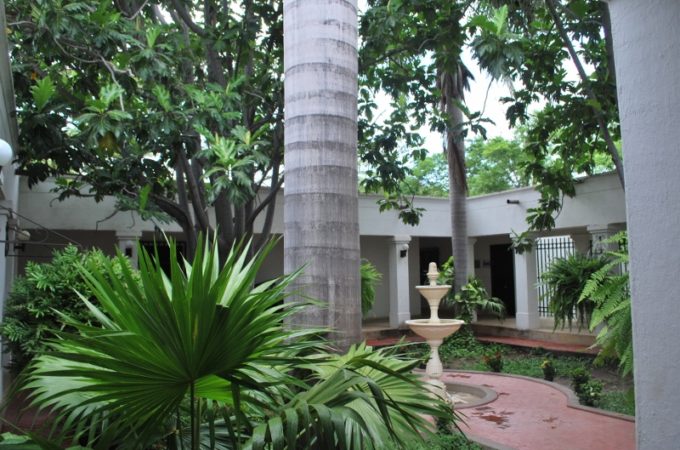
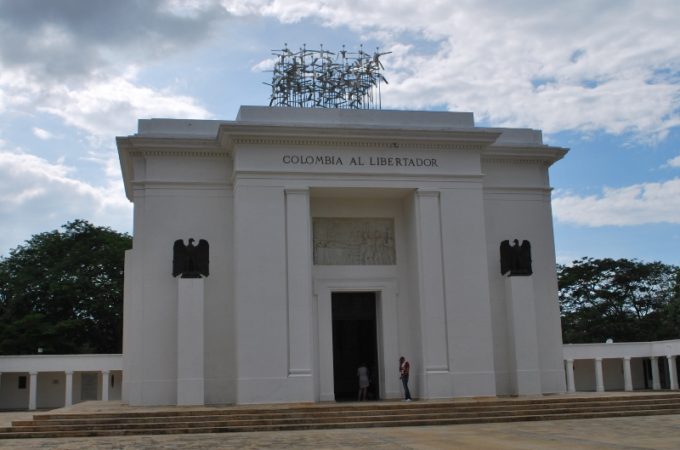
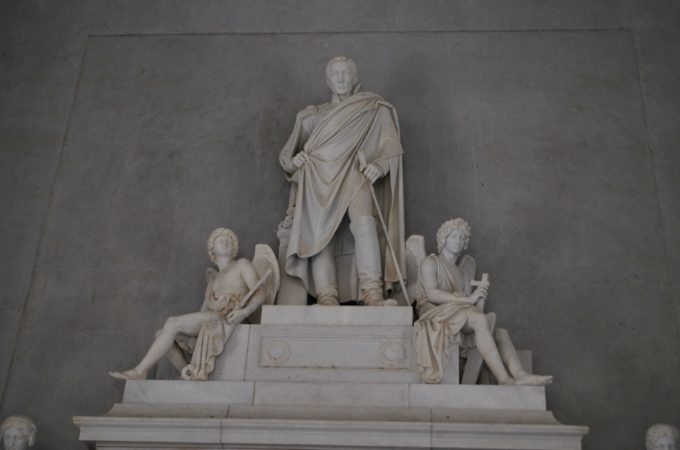
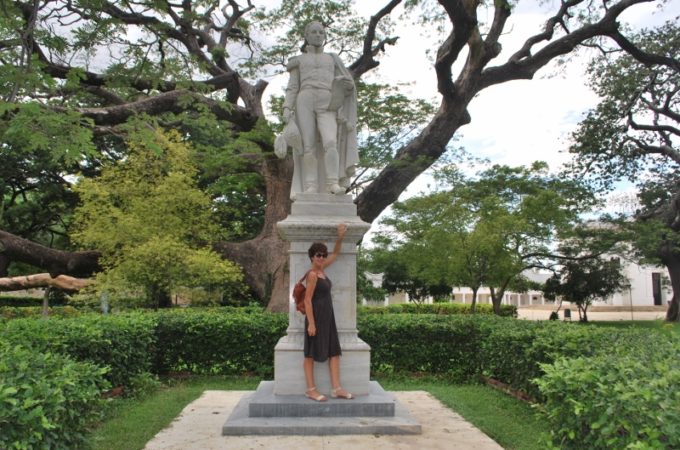
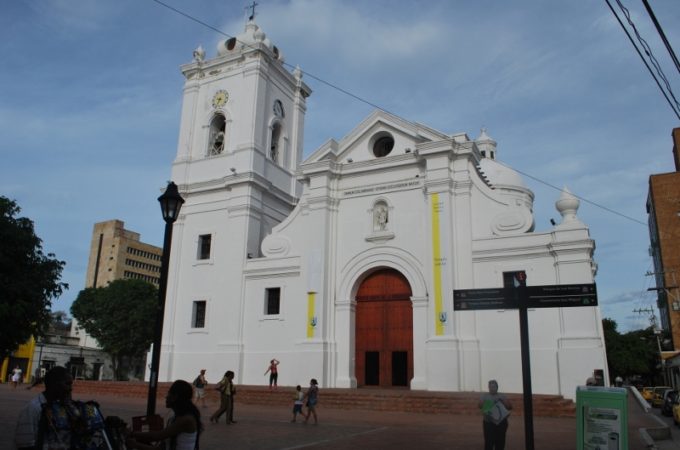
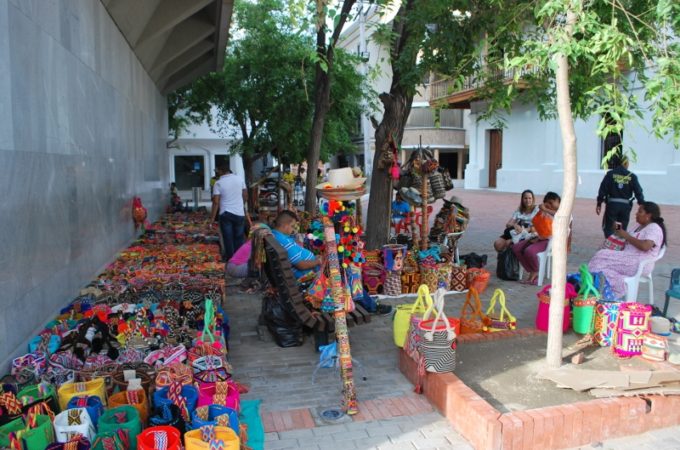
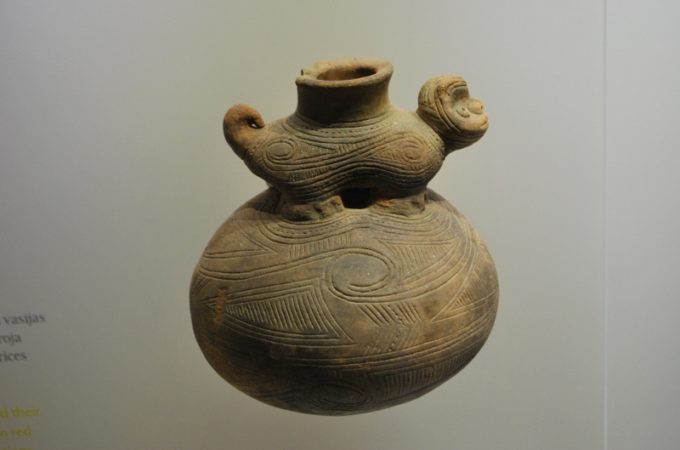
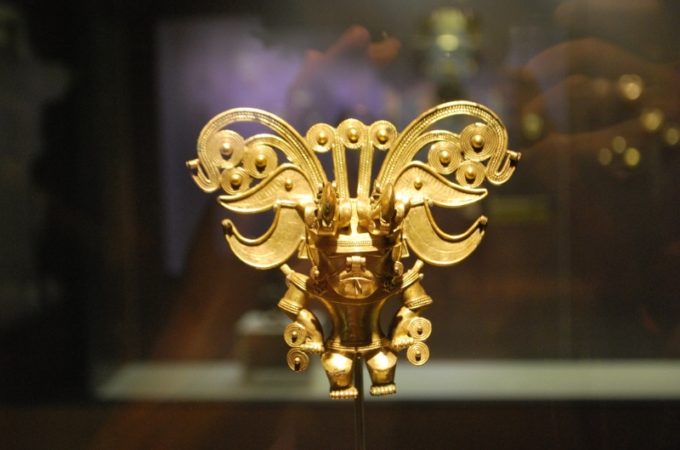
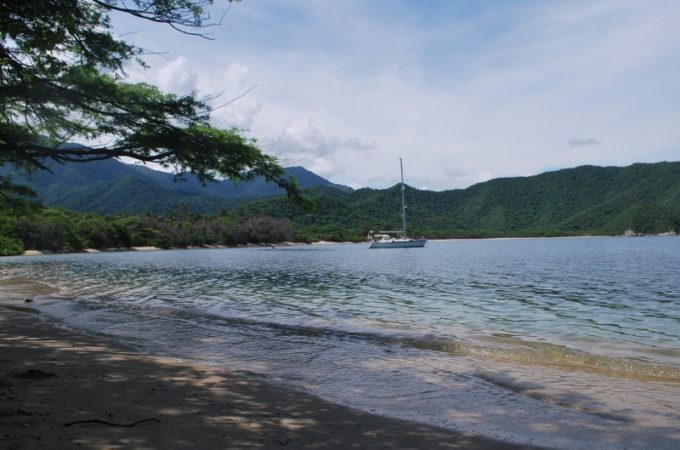
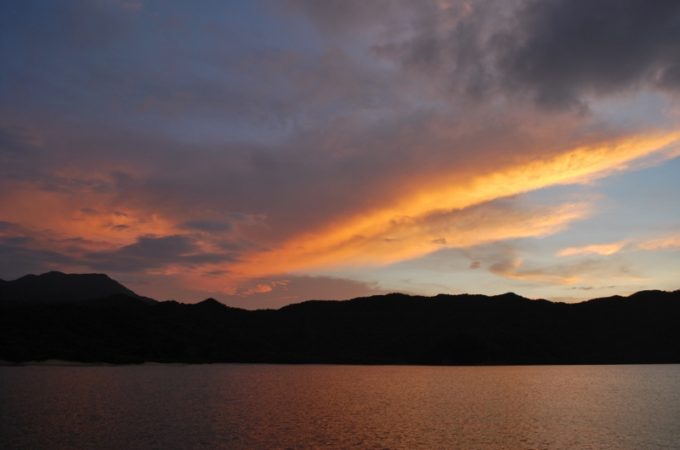
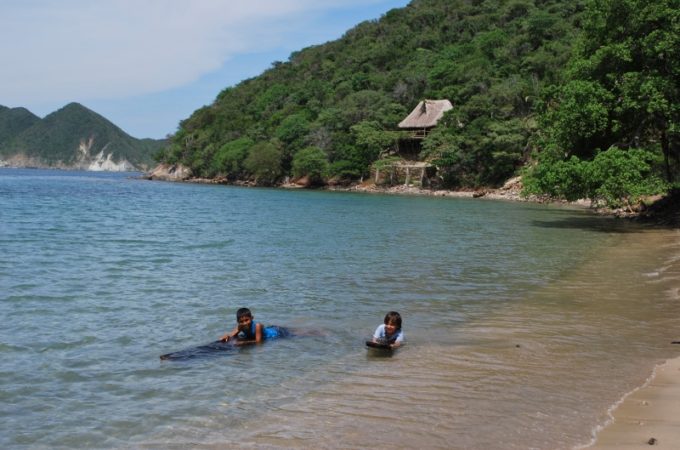
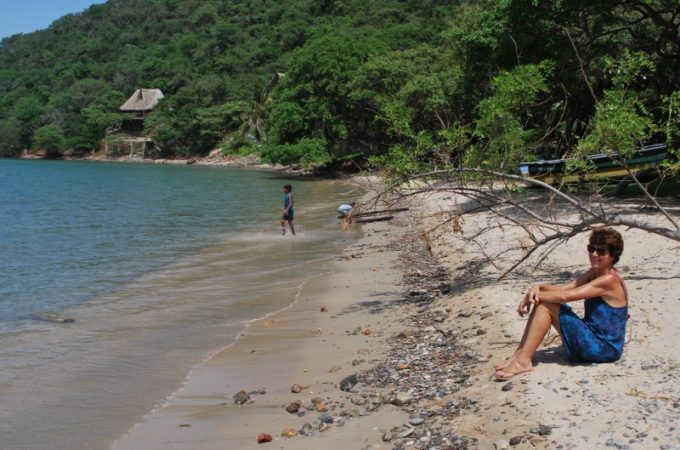
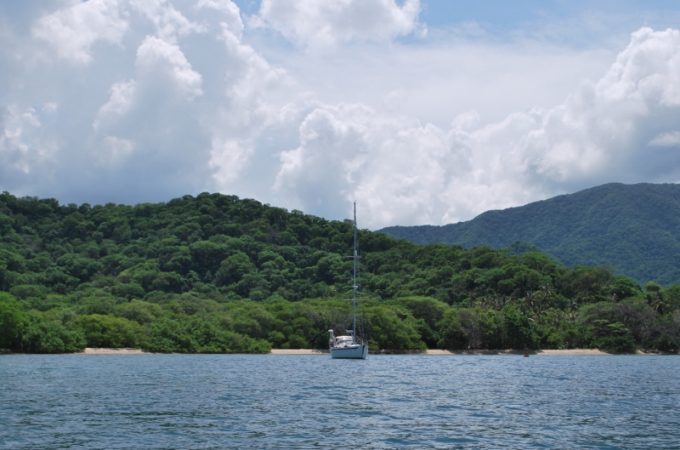
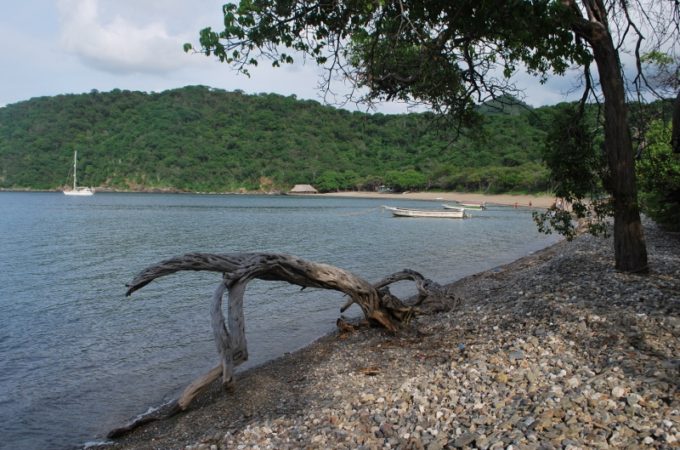
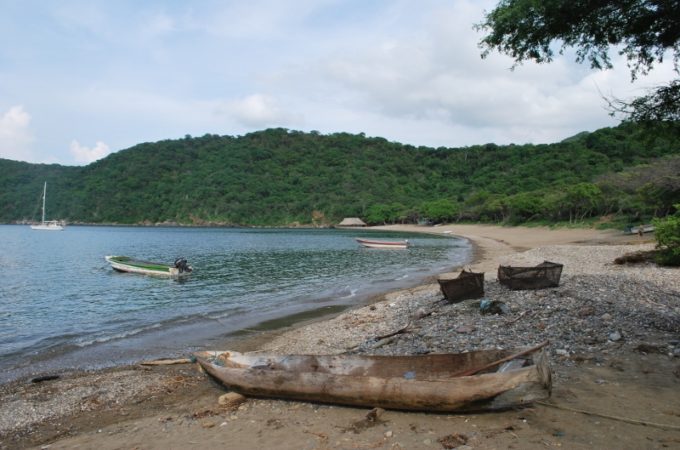
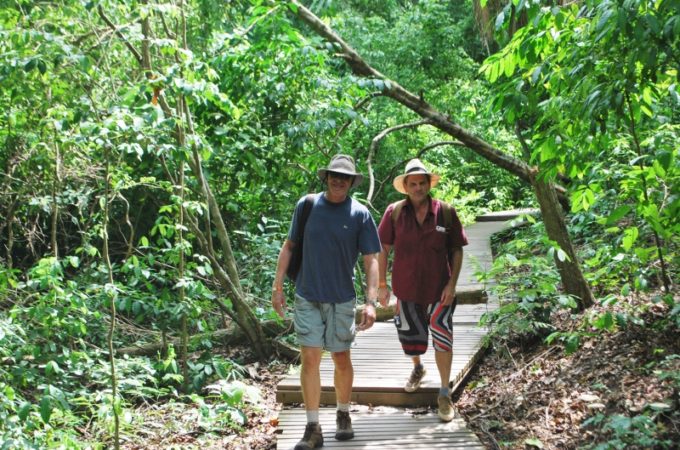
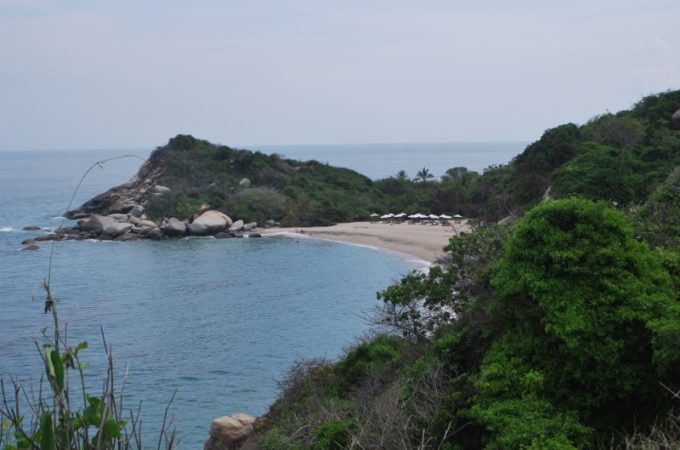
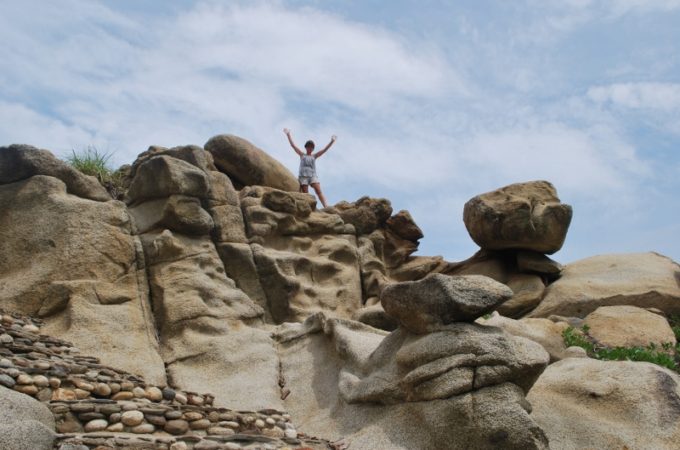
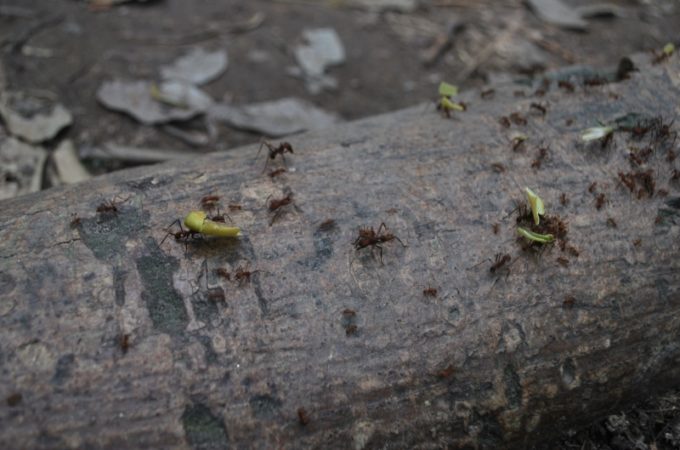
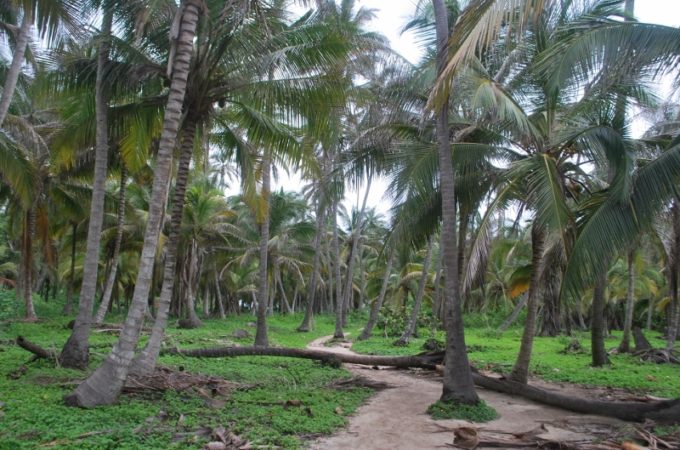
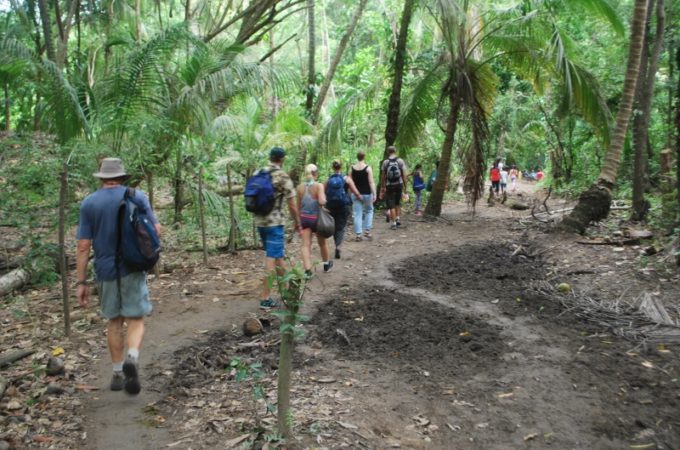
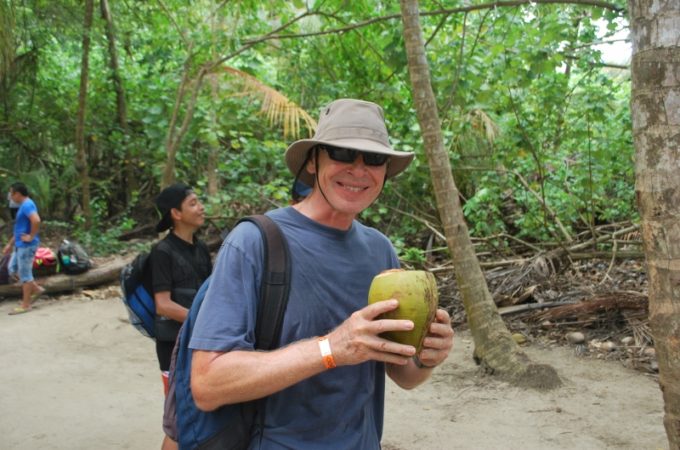
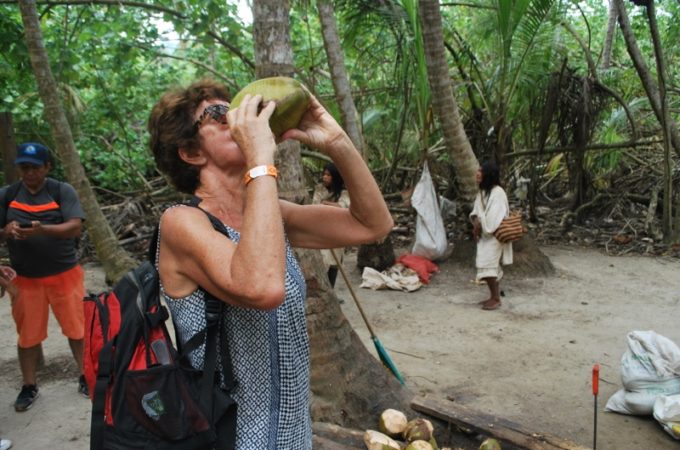
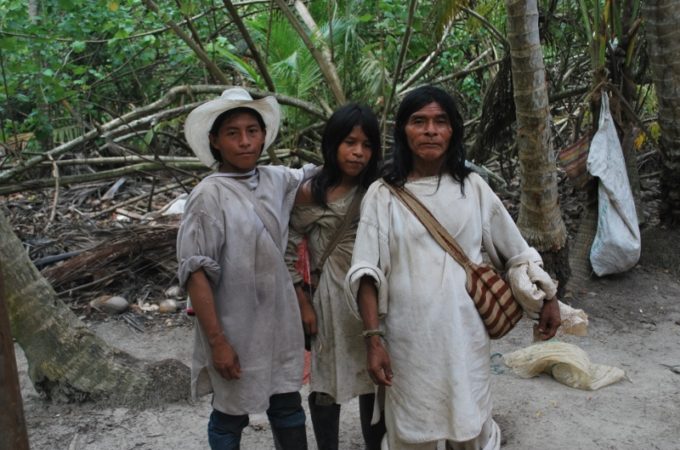
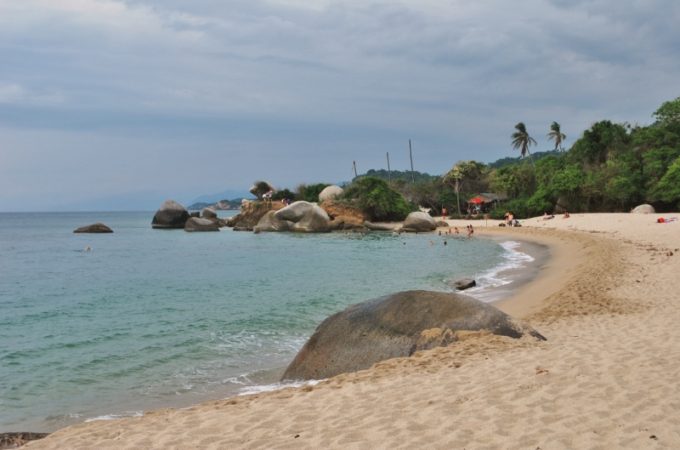
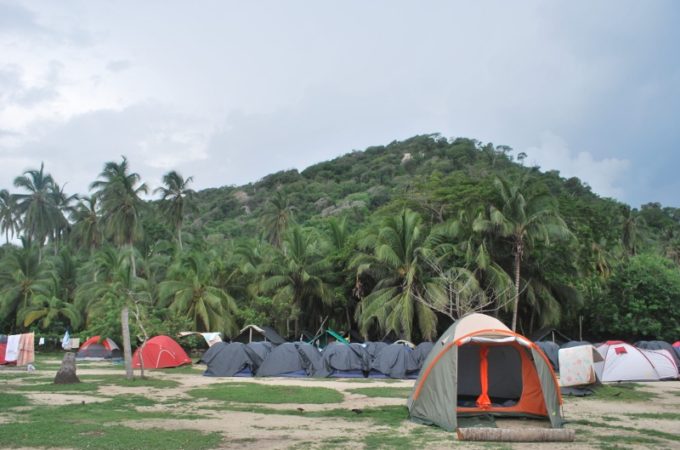
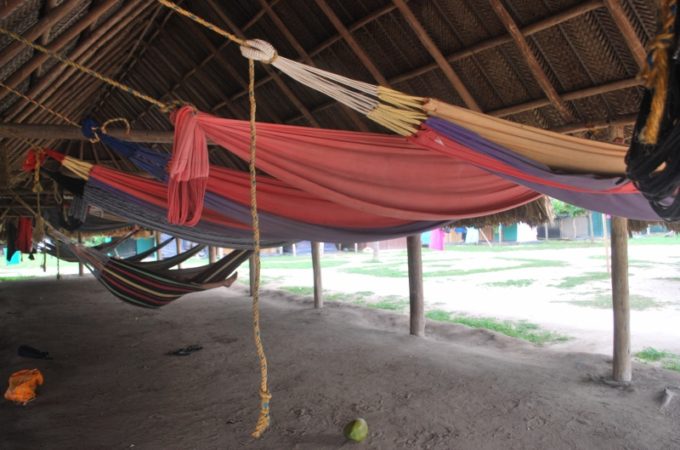
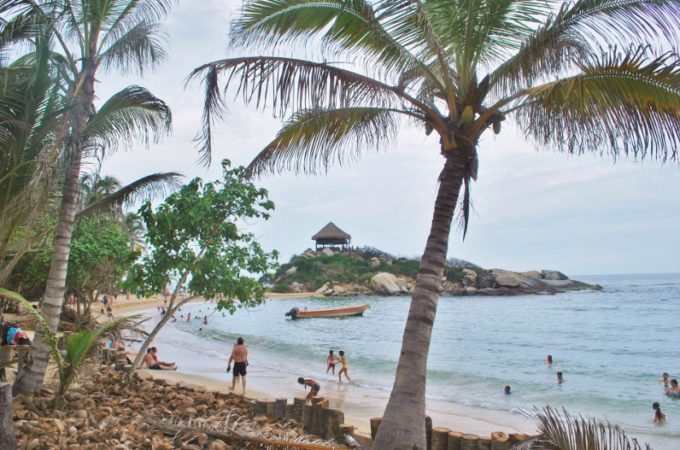
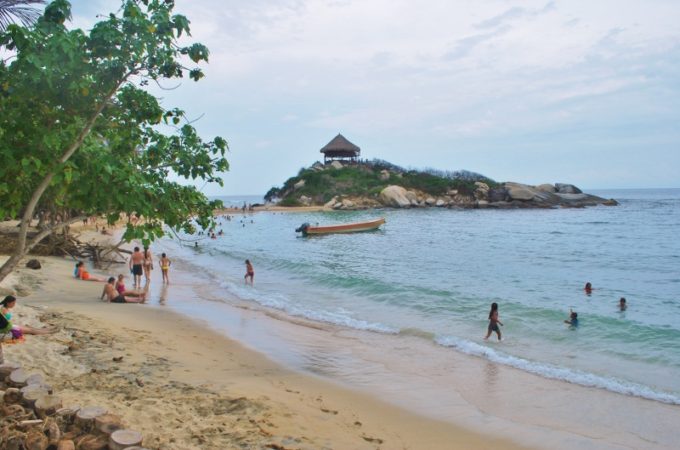
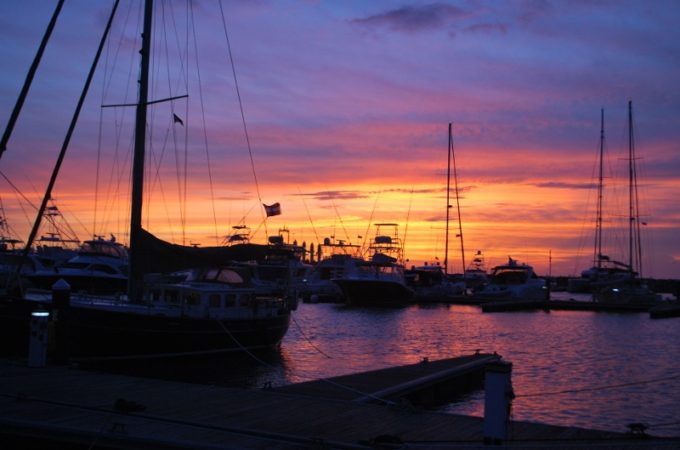
2 Comments
Liz Billington
November 3, 2016 - 1:07 pmLook forward to seeing you soon …….back in Blighty
annie
November 3, 2016 - 2:24 pmLook forward to getting together soon. Ooh it’s cold here xx